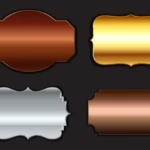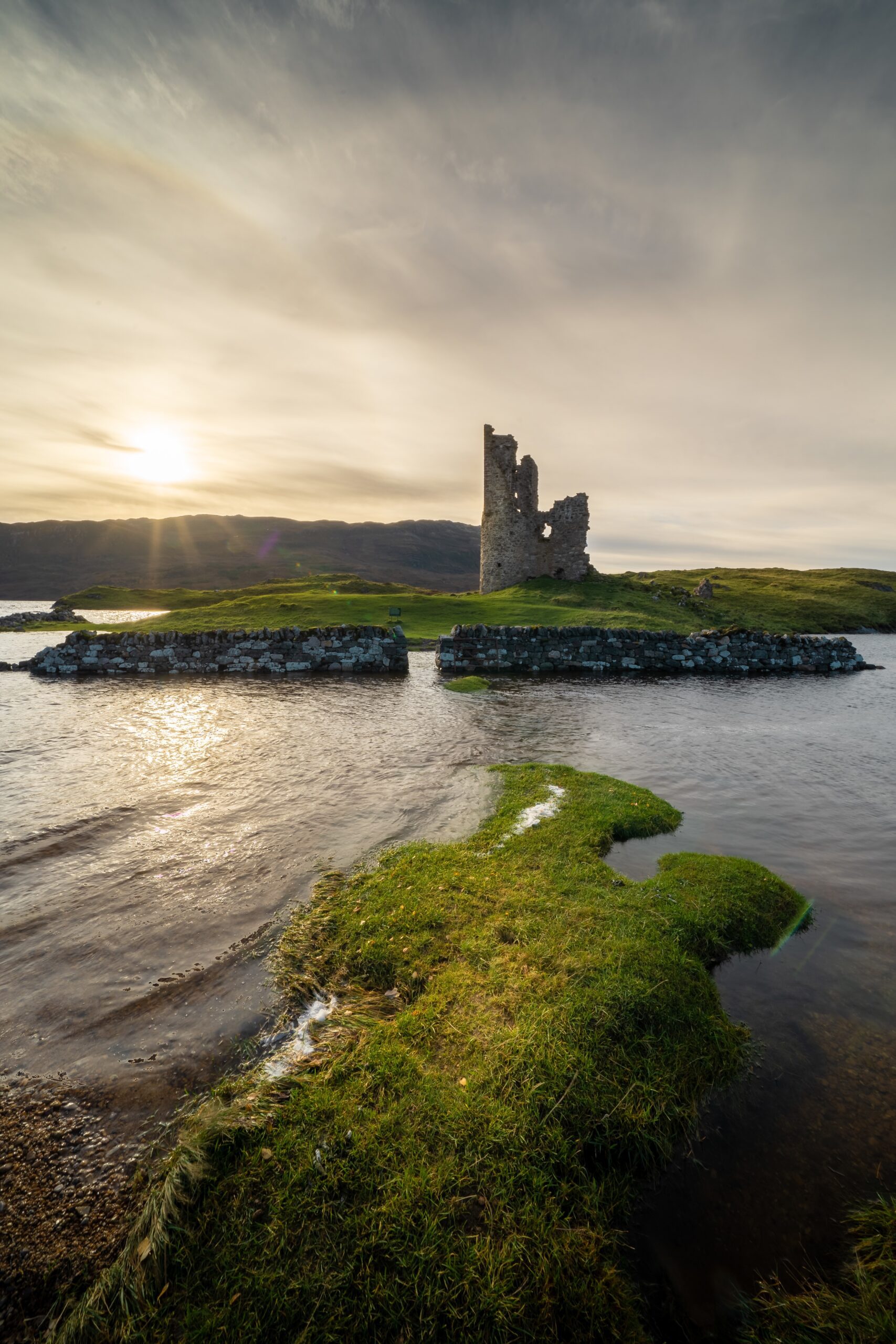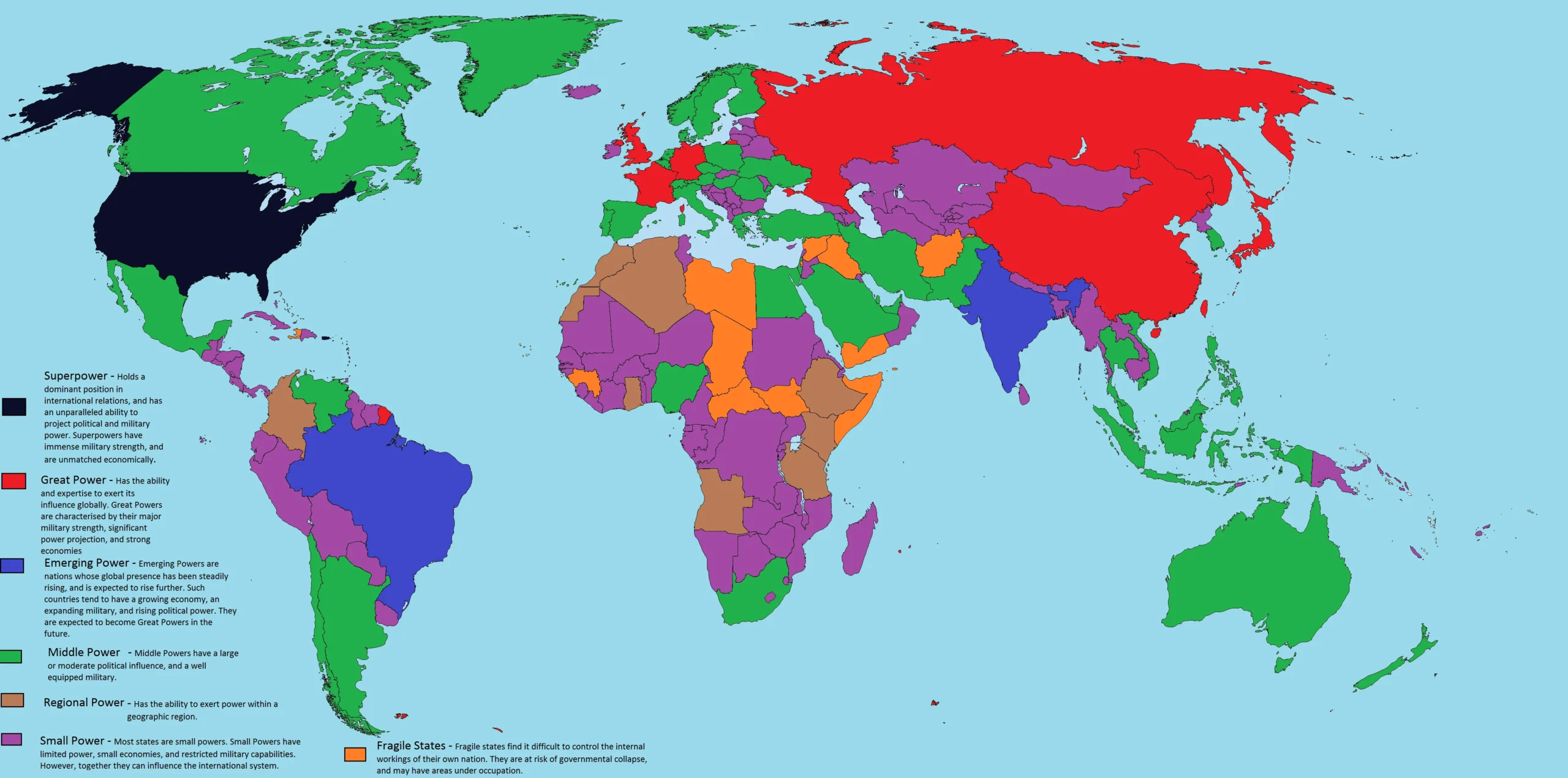Introduction
Masjid-e-Nabwi, also known as the Prophet’s Mosque, is one of the most sacred and significant mosques in Islam. Located in the holy city of Medina, Saudi Arabia, it holds immense religious and historical importance as it was established by the Prophet Muhammad (PBUH) himself. It is the second holiest mosque in Islam after Masjid al-Haram in Makkah and serves as a major pilgrimage site for Muslims worldwide.
Historical Significance
Masjid-e-Nabwi was built in 622 CE (1 AH) shortly after the Prophet Muhammad (PBUH) migrated from Makkah to Medina (an event known as the Hijrah). The mosque was constructed adjacent to the Prophet’s house and served as a community center, a place of worship, and a hub for Islamic teachings.
Initially, the mosque was a simple structure made of palm trunks and mud bricks. Over the centuries, it underwent numerous expansions, especially during the reigns of Caliphs, Umayyad, Abbasid, and Ottoman rulers, and finally under the Saudi government, transforming it into the grand mosque we see today.
Key Features of Masjid-e-Nabwi
1. The Green Dome (Qubbat al-Khadra)
One of the most recognizable features of Masjid-e-Nabwi is the Green Dome, which sits above the burial place of the Prophet Muhammad (PBUH). Beneath this dome lie the graves of the Prophet (PBUH), his close companions Abu Bakr al-Siddiq (RA), and Umar ibn al-Khattab (RA).
2. The Rawdah (Garden of Paradise)
A highly revered section within the mosque is the Rawdah, an area between the Prophet’s minbar (pulpit) and his burial chamber. The Prophet (PBUH) mentioned:
“Between my house and my pulpit lies a garden from the gardens of Paradise.” (Sahih Bukhari)
Muslims strive to pray in this blessed area, as it is believed to carry immense spiritual rewards.
3. The Original Qibla Wall
Masjid-e-Nabwi initially faced Jerusalem (Al-Aqsa Mosque) before the Qibla was changed to the Kaaba in Makkah. A section of the mosque still retains the original Qibla direction, marking an important historical transition in Islamic prayer.
4. Expansions and Modern Developments
From its humble beginnings, Masjid-e-Nabwi has been expanded multiple times. The most significant expansions were carried out by:
-
Caliph Umar (RA) and Uthman (RA) – Early expansions.
-
Umayyad Caliph Al-Walid I – Added the first minarets.
-
Ottoman Sultan Abdul Majid I – Renovated the mosque with intricate calligraphy and designs.
-
Saudi Kings (20th-21st century) – Expanded the mosque to accommodate millions of worshippers, adding modern facilities like air conditioning, escalators, and shaded courtyards.
Today, the mosque can hold over 1.5 million worshippers during peak times, with its iconic retractable umbrellas providing shade in the courtyard.
Spiritual Importance
-
Visiting Masjid-e-Nabwi is a highly recommended act (Sunnah) but not obligatory like Hajj or Umrah.
-
Praying in Masjid-e-Nabwi holds great reward, as the Prophet (PBUH) said:
“One prayer in my mosque is better than a thousand prayers elsewhere, except in Masjid al-Haram.” (Sahih Bukhari)
-
The mosque is a place of peace, reflection, and connection with Islamic history.
Etiquette for Visitors
-
Make a sincere intention – Visiting should be for worship and seeking blessings.
-
Offer prayers and send Salawat – Greet the Prophet (PBUH) with peace (Durood and Salam).
-
Respect the sanctity – Maintain silence, avoid pushing in crowded areas, and follow mosque rules.
-
Visit other Islamic sites in Medina – Such as Quba Mosque (the first mosque in Islam) and the graves of martyrs of Uhud.
Conclusion
Masjid-e-Nabwi is not just a mosque but a living legacy of the Prophet Muhammad (PBUH). It stands as a symbol of unity, faith, and Islamic heritage. For Muslims, visiting this blessed mosque is a deeply spiritual experience, connecting them to the roots of their religion. Every brick, dome, and prayer space echoes the history of Islam, making it a timeless beacon of devotion.
May Allah grant every Muslim the opportunity to visit and pray in this sacred mosque. Ameen.











